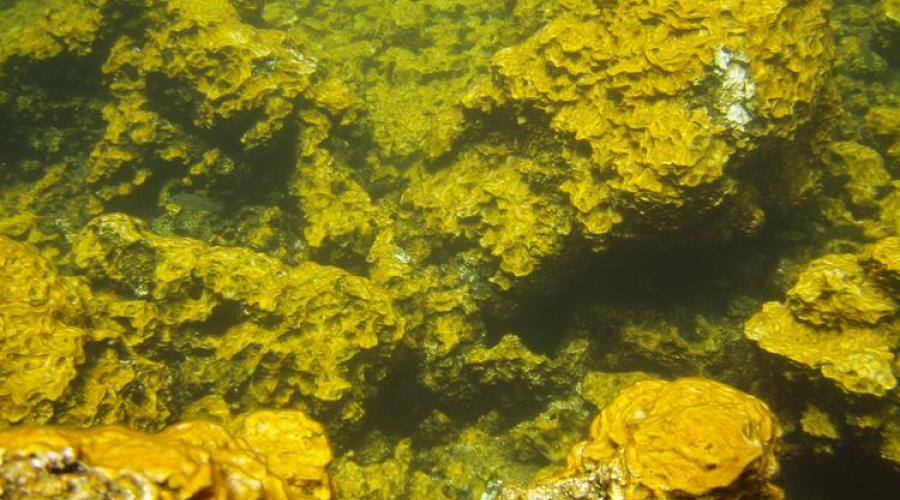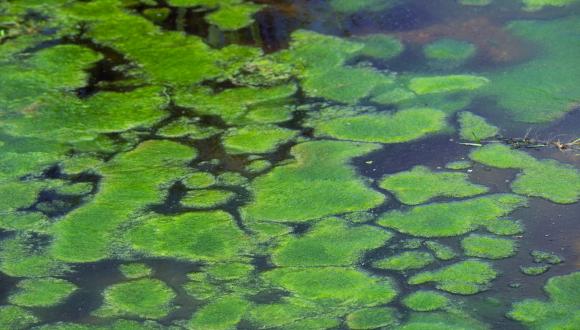
Golden algae
Chrysophyte flagellates dominate the phytoplankton community in many lochs that have low levels of nutrients.
Chrysophyte flagellates may have one or two flagella, a tail-like structure. These flagella enable algae to swim, and thus stay in the light zone of a loch. Here they harvest light energy for photosynthesis using their yellow pigments.
It’s also possible for chrysophyte flagellates to occur in microscopic cellulose cups called lorica. With certain species of algae, these cups may come together to form colonies. These so-called colonial flagellates may also have scales made of silica.
Chrysophyte flagellates suit living in lochs with low concentrations of nutrients. This is because they can produce chemicals to break down complex substances into usable nutrients, as well as engulf bacteria and small algae.
Dinoflagellates
Dinoflagellates generally have two flagellae. They are unusual in that one flagellum is directed backwards to allow forward propulsion, whilst the other lies across the cell and stabilises it when in motion.
‘Naked’ dinoflagellates exist, but many are distinctive because of their robust-looking ‘armour plating’. Dinoflagellates are associated with hard waters, but the plates are made of polysaccharides – not calcium deposits.
Dinoflagellates contain different pigments, including brown, for photosynthesis.




